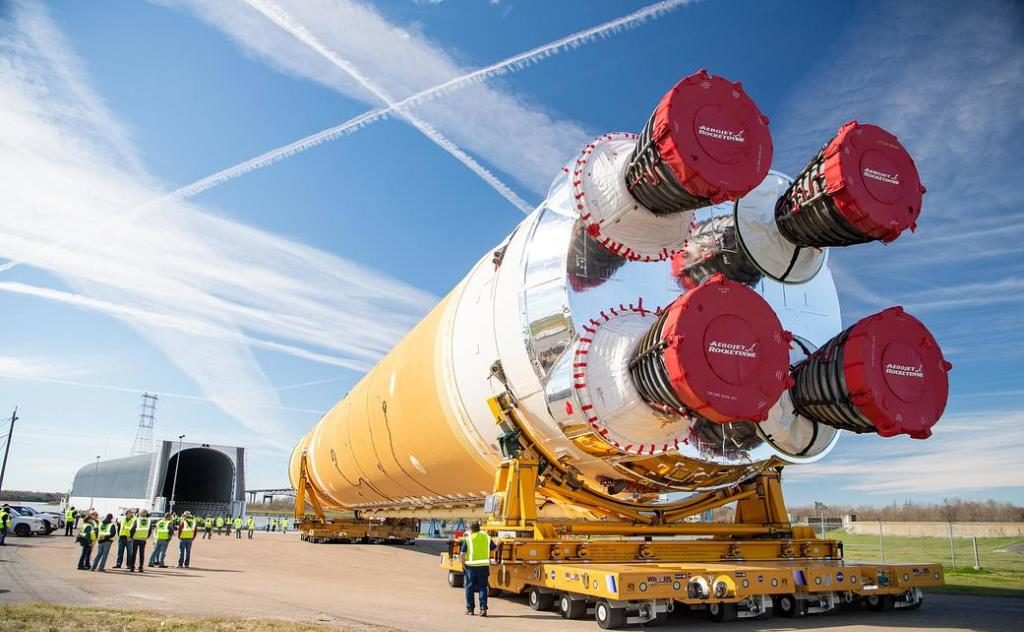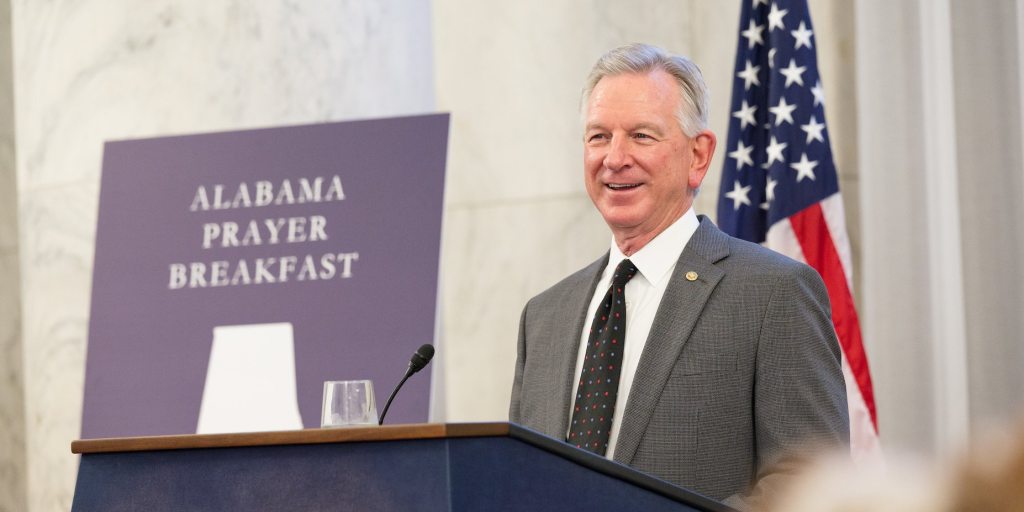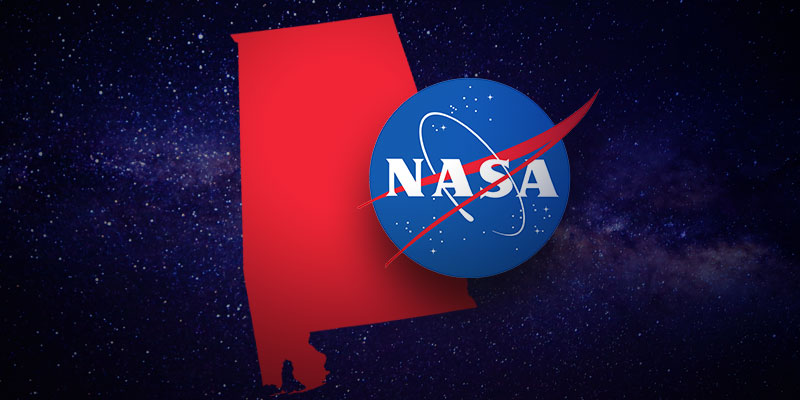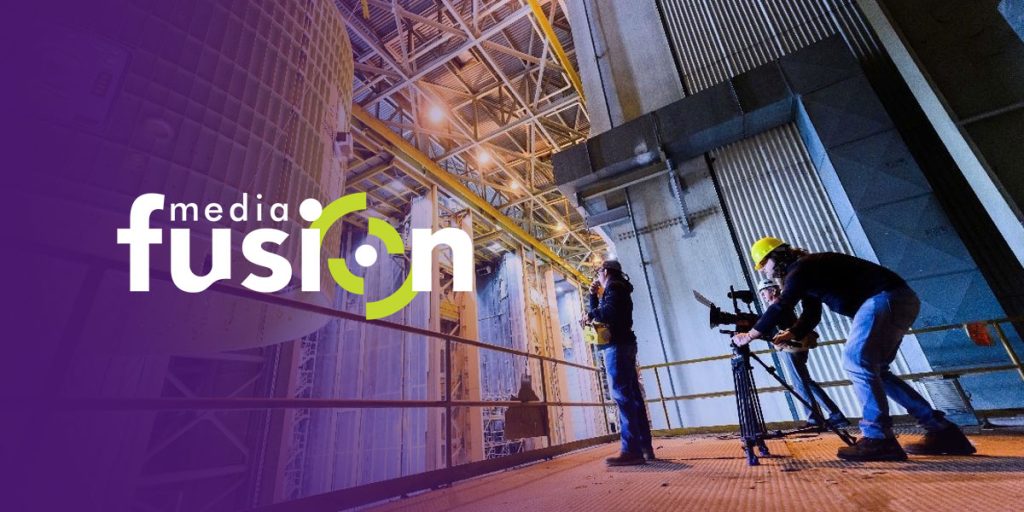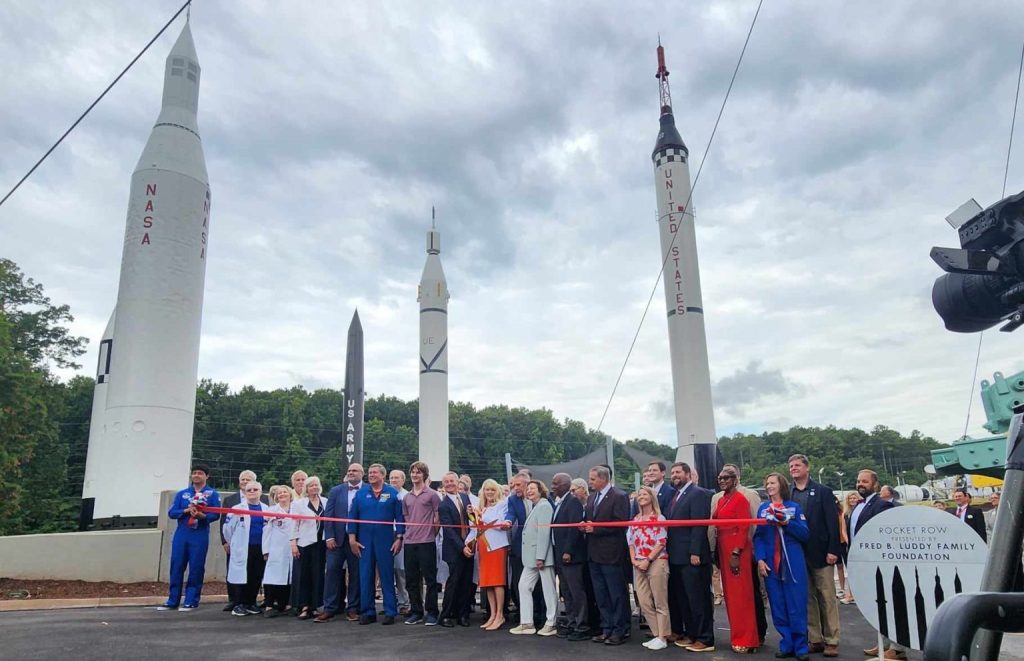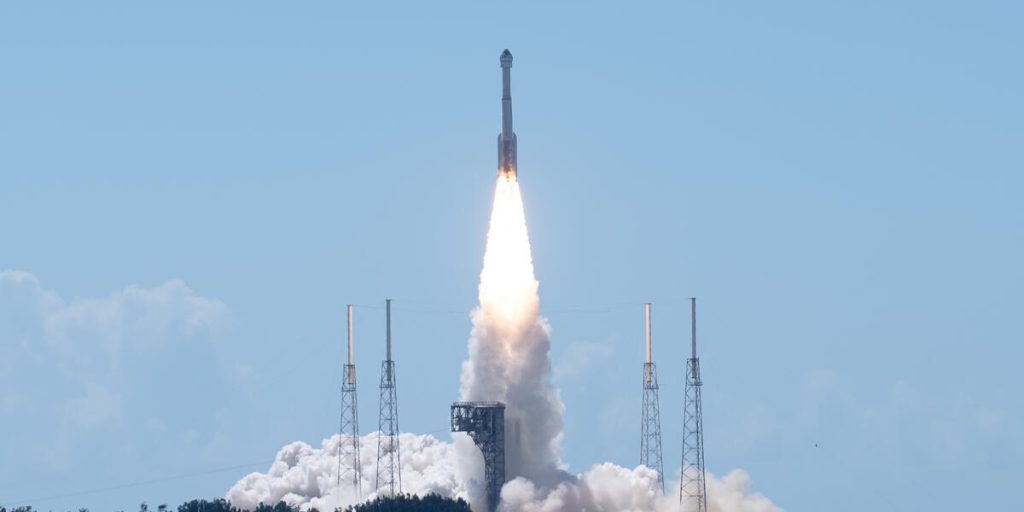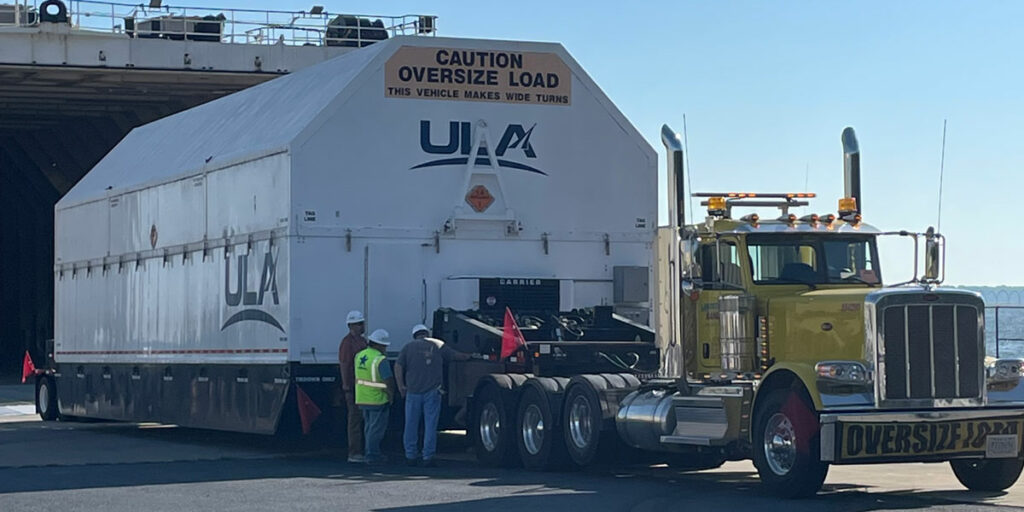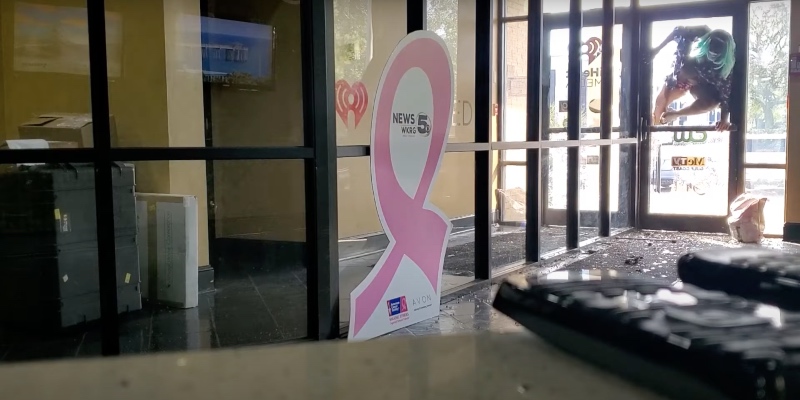NASA and Boeing are in the final days of testing on the core stage of Space Launch System (SLS), the rocket which will carry humans back to the Moon and beyond.
The entire SLS program is being managed from NASA’s Marshall Space Flight Center in Huntsville.
John Honeycutt, SLS program manager for NASA, confirmed the project’s progress during a conference call on Tuesday.
“Despite having to deal with the pandemic, SLS has made significant progress in 2020 on all the rockets that we need for the first three Artemis missions to send astronauts to the Moon,” detailed Honeycutt.
NASA’s Artemis program has three missions planned for lunar exploration, the first of which is set to launch late next year.
“Artemis I is set to launch in a little over a year in November 2021,” Honeycutt stated. “All of the parts for the SLS rocket for Artemis I, except for the core stage, are at Kennedy Space Center in Florida being prepared for launch of Artemis I.”
SLS’s core stage is currently in the last phase of testing at Stennis Space Center in Mississippi.
“The big item within the program that we are making good progress toward is of course the 212-foot tall core stage,” said Honeycutt. “It’s the brand-new development in the program, and it is critical for Artemis I. It is ready for the last two series of an eight-test series planned for the Green Run, along with the Artemis I flight software.”
The Green Run is the name given to the complex set of tests performed over a period of months which confirm the functioning of the vehicle’s systems. The flight software is being tested in a laboratory at Marshall Space Flight Center.
One of the remaining tests in the Green Run will be performed later this month. Called the wet rehearsal, it will involve loading 537,000 gallons of liquid hydrogen and 196,000 gallons of liquid oxygen into the fuel tanks to verify their integrity.
The final test is a hot fire of the engines for more than eight minutes, the amount of time they will fire during the first mission.
John Shannon, vice president and SLS program manager at Boeing, explained that the extensive testing is necessary based on the complex design of the core stage.
“The SLS is really the brains of the first propulsion part of the vehicle,” Shannon outlined. “So all of the avionics, the flight computers, the systems to control the vehicle are inside that core stage itself.”
Testing has gone as planned, according to Shannon.
“The design has held together extremely well,” he said. “We have not really had any surprises in the testing we did at Michoud to translating it in the vertical and putting it through all of its paces at Stennis. Our anticipation right now is that, barring any unforeseen issues, that we would load the vehicle on the barge. Right now, our schedule is that we would ship it to Kennedy on January 14.”
For the Artemis I mission, SLS will send the Orion spacecraft 280,000 miles from Earth, which is farther than any other spacecraft designed for human occupancy has ever traveled.
Generating the immense power necessary for such a trip are Aerojet Rocketdyne engines, four RS-25 engines for the core stage and the RL-10 engines used for the upper stage.
“This will be the first time that we are firing four of these [RS-25] engines together,” outlined Jim Maser, senior vice president for Space Business at Aerojet Rocketdyne.
When completed, SLS will be the most powerful rocket ever built, generating 8.8 million pounds of thrust at launch. Achieving 15% greater thrust at launch than the historic Saturn V, SLS is the only rocket powerful enough to carry the Orion spacecraft, astronauts and supplies to the moon in a single launch.
Maser believes the heritage of the engines used for SLS, having powered more than two dozen previous space flights, provides the team with a confidence which allows them to focus more clearly on some of the more unique aspects of SLS.
SLS will have three times the capability of any other existing space vehicle, according to Maser, with the Green Run testing phase serving as a monumental step for America’s space program.
“This Green Run is really the beginning of the next era of human spaceflight going back beyond low Earth orbit to sustainable Moon and Mars,” Maser advised.
Tim Howe is an owner of Yellowhammer Multimedia




